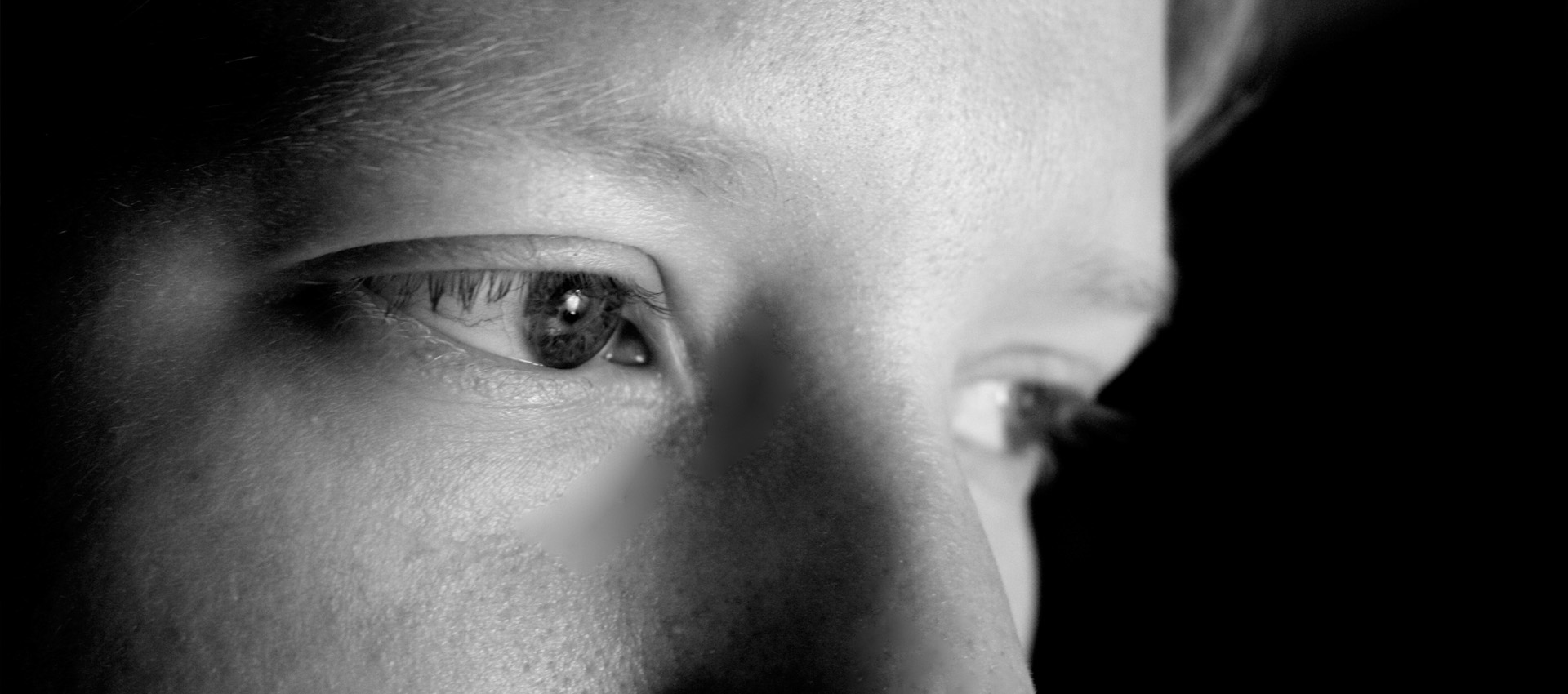Eye Movement Desensitization and Reprocessing, or EMDR, is a powerful new psychotherapy technique which has been very successful in helping people who suffer from trauma, anxiety, panic, disturbing memories, post traumatic stress and many other emotional problems. Until recently, these conditions were difficult and time-consuming to treat. EMDR is considered a breakthrough therapy because of its simplicity and the fact that it can bring quick and lasting relief for most types of emotional distress.
EMDR is the most effective and rapid method for healing PTSD (Post Traumatic Stress Disorder) as shown by extensive scientific research studies.
The EMDR therapy uses bilateral stimulation, right/left eye movement, or tactile stimulation, which repeatly activates the opposite sides of the brain, releasing emotional experiences that are “trapped” in the nervous system. This assists the neurophysiological system, the basis of the mind/body connection, to free itself of blockages and reconnect itself.





